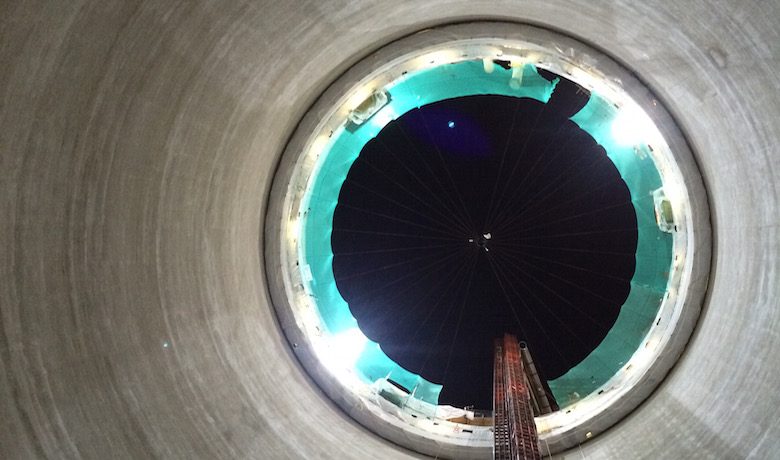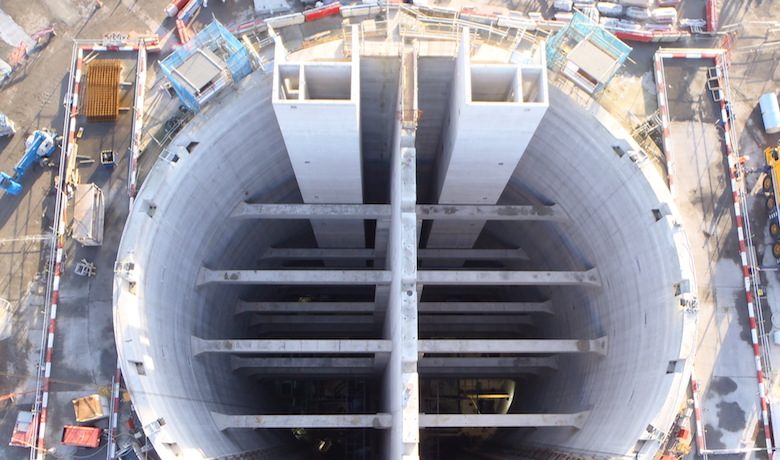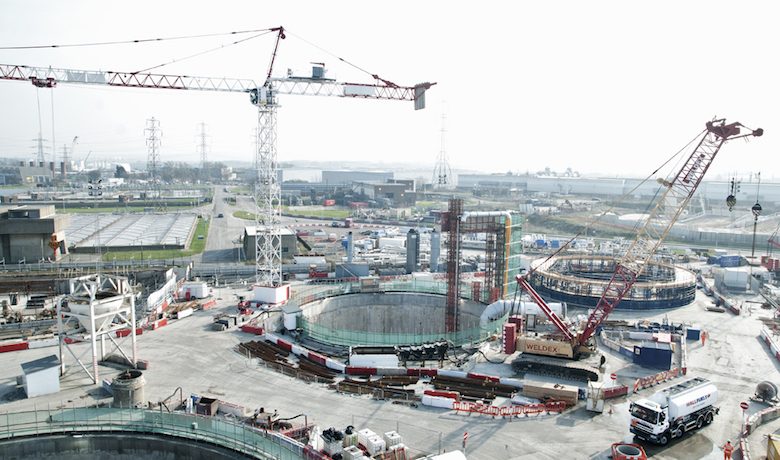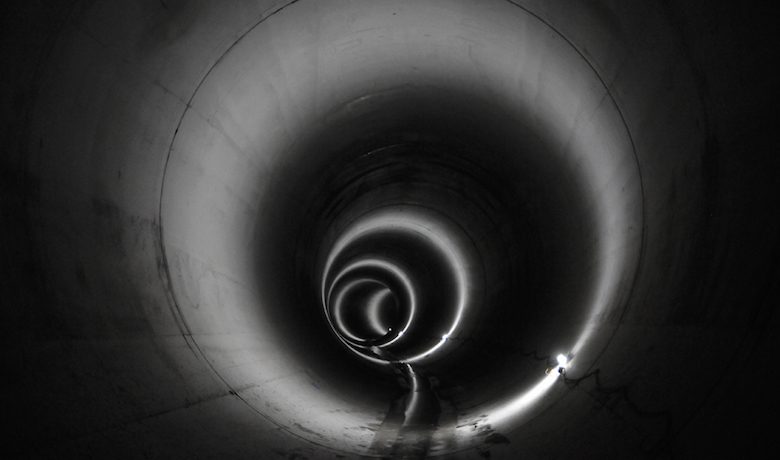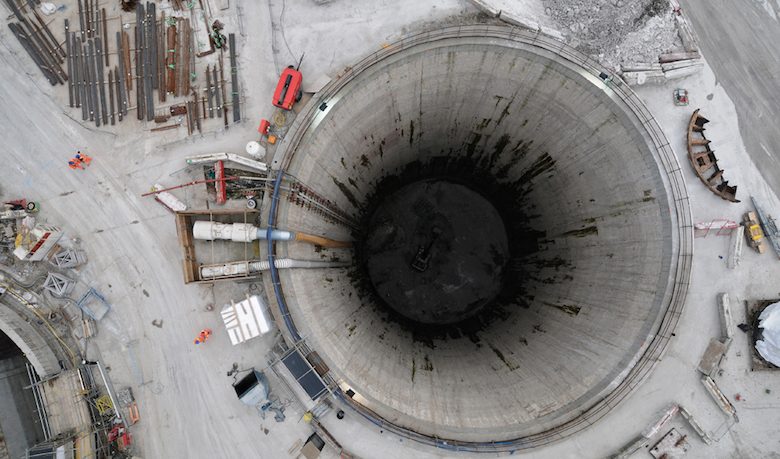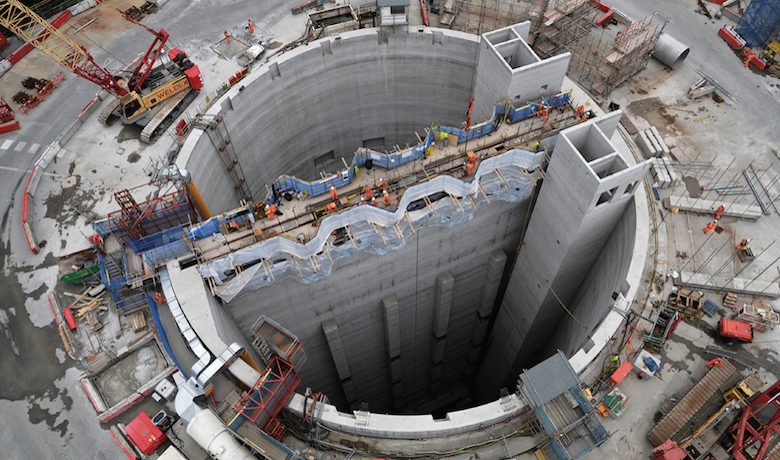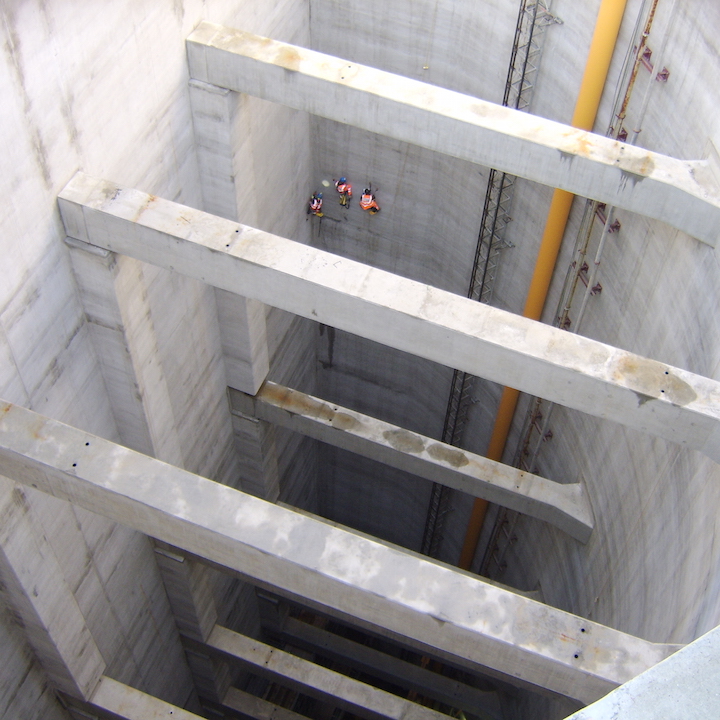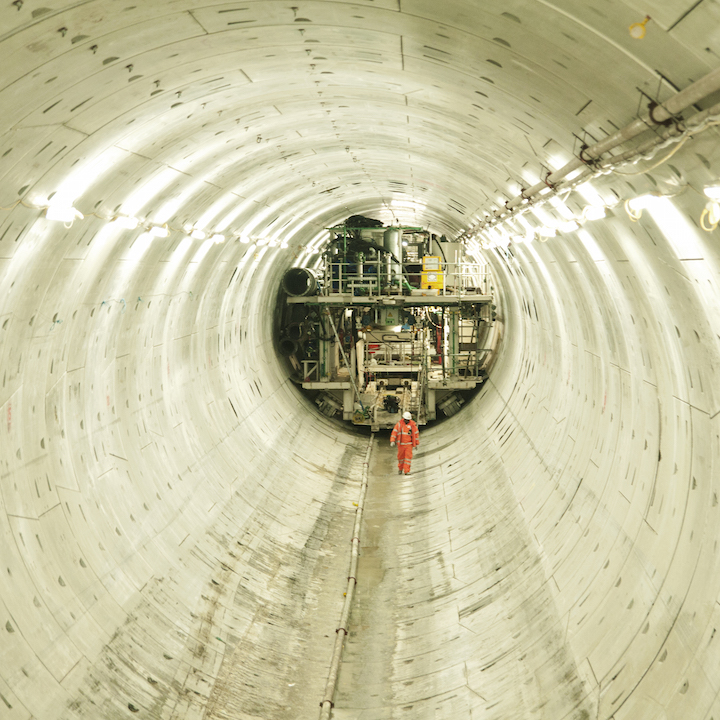BACKGROUND
The infrastructure features no fewer than 5 giant diaphragm-wall shafts reaching 85 metres in depth (the deepest ever built in the United Kingdom), pumps with a high flow rate of 3 cubic metres per second, an underground tunnel 6.9 kilometres long with an internal diameter of 7.2 metres… Everything about the Lee Tunnel is oversized. This large-scale project aims to reduce by half the 32 million cubic metres of wastewater still poured, without treatment, into the Thames every year, at Beckton east of London. The Lee Tunnel is designed to collect and store wastewater for treatment. The Lee Tunnel project is the first phase in a much more extensive program known as Thames Tideway, which calls for the implementation of 32 kilometres of tunnels and approximately 30 shafts to improve London’s water-collection and treatment network. This network dates from the latter half of the 19th century and is no longer equal to the task – in fact, it overflows whenever strong rainfall occurs.


